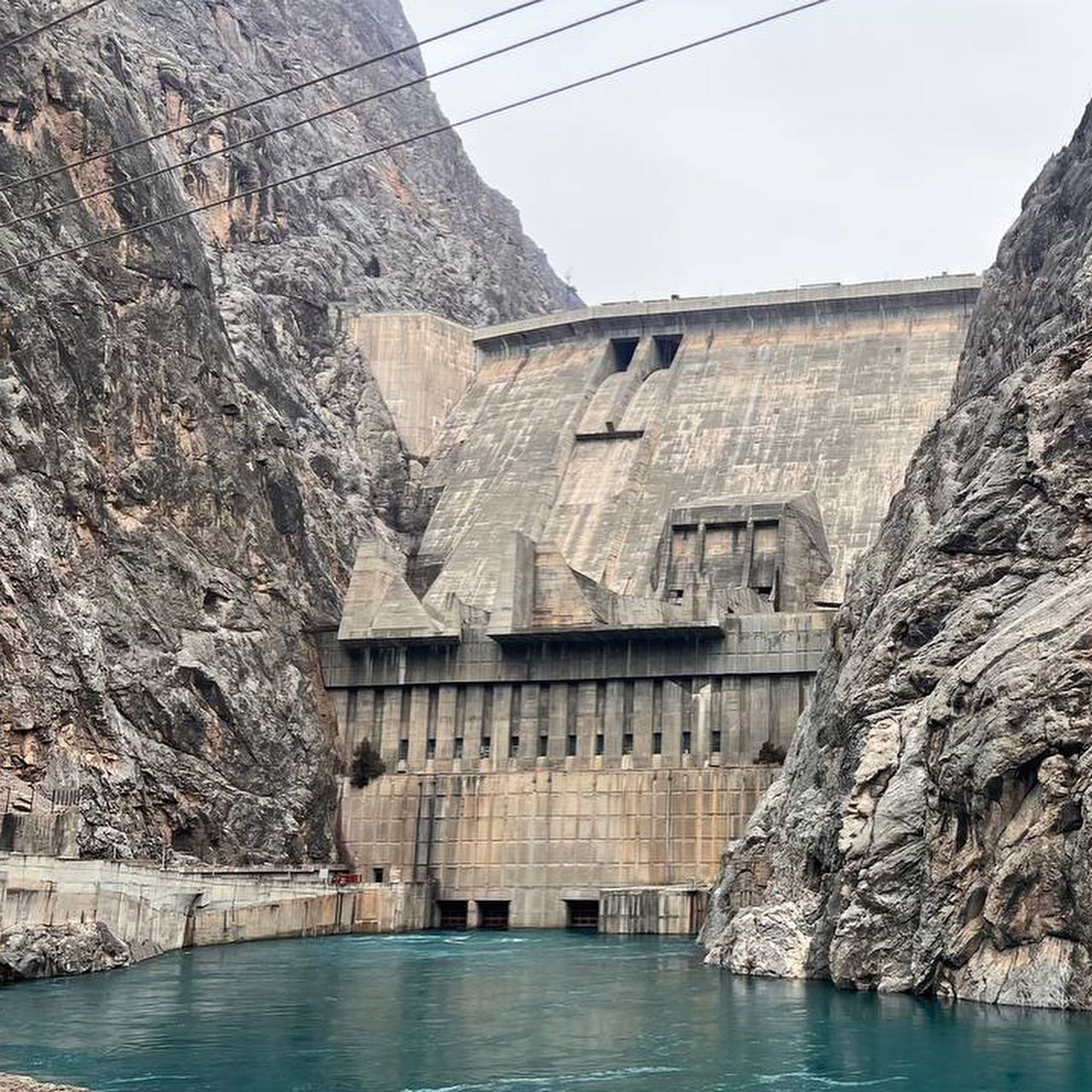Kyrgyzstan’s Energy Ministry has said it will limit electricity consumption “by force” as water in the country’s main reservoir becomes increasingly scarce. In addition, major overhauls of the country’s main energy facilities are planned for this year, which will also affect power output and consumption.
According to official data, the volume of water in the Toktogul Reservoir currently stands at 7.7 billion cubic meters, versus a normal level of 17.3 billion cubic meters. If the water volume decreases by another two billion cubic meters, the Toktogul Hydroelectric Power Plant (HPP) will cease to produce power.
“This is a deteriorating indicator. Because of high consumption, the system automation of load limitation is working. This year, due to [demand] imbalance, it is working in the evening peak hours. Therefore, in some areas there may be blackouts. The norm for March is 54 million kilowatt-hours per day, but we are already exceeding this mark. If this rate continues, there is a threat that we will reach the level of “dead water” in the Toktogul Reservoir,” said Deputy Energy Minister Talaibek Baigaziyev.
The Toktogul HPP cascade includes two hydroelectric power plants: the 1,200 megawatt (MW) Toktogul HPP and the 800MW Kurpsay HPP. Toktogul HPP is the largest plant in Kyrgyzstan, generating 40% of the country’s electricity.
Starting from March 5th, one of the units of the Toktogul HPP and one units of the Uch-Korgon HPP, located on the Naryn River, will be sent for repair and refurbishment. The Uch-Korgon HPP was commissioned in 1962, and has not had an equipment update since then. According to the Ministry of Energy, the equipment and hydraulic structures of this station are thoroughly outdated and in poor condition. “In such a situation, Kyrgyzstan’s energy system will face a power shortage of 290 MW,” the Energy Ministry said.
Kyrgyzstan is being assisted in repairing the hydropower plants by the Asian Development Bank, which has allocated more than $157 million in loans and grants. It’s expected that both hydroelectric units will be repaired by the end of 2024.
Just last month an accident occurred at the main thermal power plant of Bishkek, which is also one of the most powerful generating facilities in the country. While the breakdown was remedied reasonably quickly, generation of electricity at the combined heat-power plant (CHPP) was severely curtailed.
The authorities have scheduled a major overhaul of the Bishkek CHPP for May-June this year. Regarding the work, engineers released a statement urging consumers to “be careful with electricity and not to turn on several energy-intensive appliances at the same time, especially during peak hours from 06:00 to 09:00 in the morning, as well as from 18:00 to 21:00 in the evening.”
Due to extremely cold weather and the accident at the CHPP, many people are using more electricity to heat their homes, resulting in increased consumption to 70 million kilowatt-hours per day from a previous level of 54 million.



